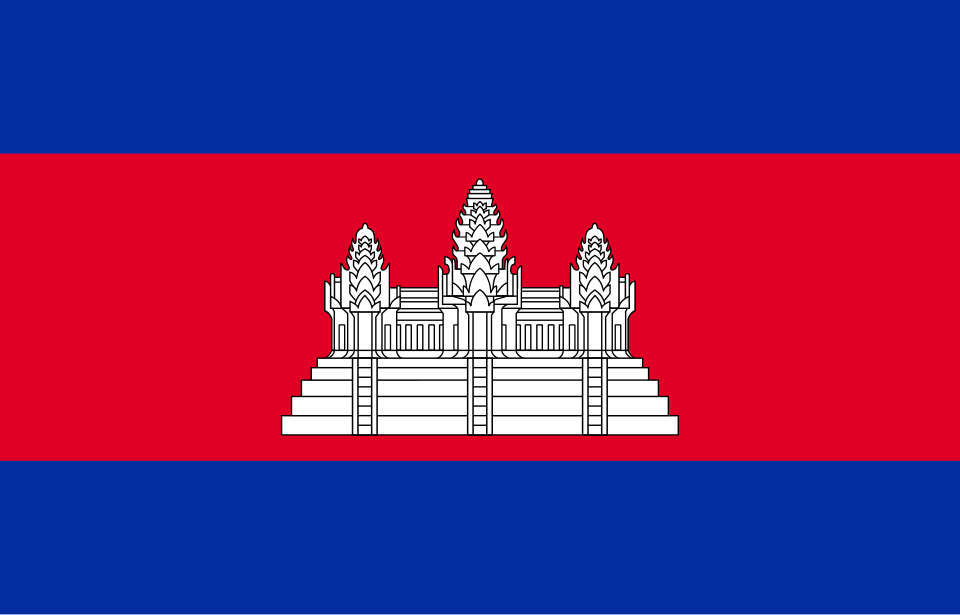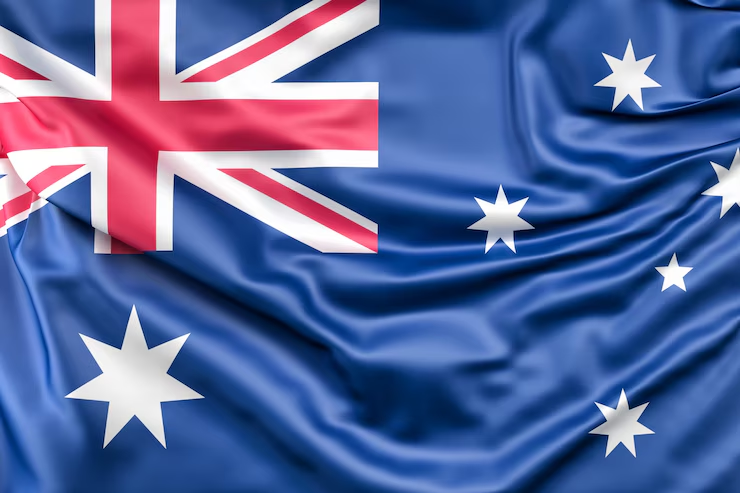Cambodia has made a lot of effort towards developing a contemporary financial ecosystem by integrating two new digital payment systems: Bakong and KHQR. These payment rails in Cambodia are particularly essential since they let people get access to financial services, make digital payments easier, and reduce the country's dependence on the US dollar. These platforms are supported by the National Bank of Cambodia (NBC), and they have already revolutionised how Cambodians save, do business, and interact with the economy.
Bakong: The Blockchain-Based Payment Engine in Cambodia
Bakong is a digital payment platform that works in real time. It came out in October 2020. The Japanese finance business Soramitsu helped build the Hyperledger Iroha blockchain framework on which this is based. A lot of individuals argue that Bakong is a central bank digital currency (CBDC); however, the NBC insists it isn't. It is a tokenised deposit platform, and all digital balances are guaranteed by cash that is stored in traditional bank accounts.
Bakong helps Cambodia with a lot of crucial financial issues, such as how much the country depends on foreign exchange and how hard it is to get to banks. Bakong utilises a mobile-first strategy because more than half of Cambodians own cellphones, even though most of them don't have bank accounts. You only need a local phone number and a national ID or passport to join up for the Bakong app for iOS and Android.
Here are some of the most crucial things about the Bakong payment system:
- You can use both the US currency and the Khmer Riel.
- You may pay and send money between banks with QR codes.
- People can do business without paying.
- It takes less than five seconds to settle.
- a lot of deals, more than 2,000 every second
It is a digital wallet, but it is also a location to make payments online, do mobile banking in Cambodia, and connect financial services between banks and other institutions.
Also read: Stablecoin Payments in Chile: Inflation Hedges and Crypto Payroll for Remote Developers
KHQR: Cambodia's National QR Code Payment Standard
NBC started KHQR, a single QR payment system that meets EMV standards, in July 2022. Bakong runs KHQR, which lets retailers present a single QR code that people may use to pay with any bank or e-wallet that is connected to the system.
This fixes broken systems, which is a common problem with QR payments. KHQR means that merchants no longer need different codes for each payment processor. This gives a lot of influence to tiny enterprises, street vendors, and other informal suppliers.
KHQR is also what Cambodia uses to make QR codes operate in other countries. By 2024, KHQR will be connected to payment systems in South Korea, Japan, Malaysia, and Alipay+. This helps people from other nations and travellers pay Cambodian retailers directly with apps like Kakao Pay or Alipay, and the Khmer Riel is automatically settled.
NBC produced the Bakong Tourists App to get tourists to use it. This enables tourists to use international credit cards to add money to their wallets and KHQR to buy stuff in Cambodia. This makes it easy for people from all over the world to do business and helps the switch to using national currency.
Digital payments for money access in Cambodia
The National Financial Inclusion Strategy 2019–2025 is a plan to get women, families in rural areas, and workers in the informal sector into the formal economy. It makes Cambodia's plan for financial inclusion official.
Bakong and KHQR are examples of systems that make it feasible for everyone in the country to use digital services without having to go to a bank branch. These tools are vital for developing trust in the digital economy since they are easy to access, offer cheap transaction fees, and can be utilised with other resources.
The Cambodia Microfinance Association (CMA) and the Association of Banks in Cambodia (ABC) are two groups that are working to make this happen. These groups administer the Financial Consumer Centre, which helps people with their concerns, gives them educational materials, and leads initiatives to teach people about money.
Also read: Case Study: A P2P Platform Enabled Instant Stablecoin Settlement Using TransFi APIs
Metrics for Adoption and Transaction Volumes
Cambodia's internet infrastructure has come a long way in the past few years:
- By 2024, there were 30 million Bakong wallets in circulation, and 642,500 people were using them.
- More than 4.5 million companies already accept Bakong or KHQR payments.
- In 2024, Bakong conducted 608 million transactions totalling $104.81 billion, which is 95% greater than in 2023.
- The whole amount is 330% of Cambodia's GDP.
- The number of transactions that employ KHR has gone up by 334% from the previous year to 49%.
- Transactions in USD still account for 70% of the value, which suggests that Cambodia's dollarization problem is still going on.
Role of Fintech and Cross-Border Opportunities
Cross-border payments are becoming more and more crucial as Cambodia becomes more and more a part of the digital economy in the region. People who work gigs, vacationers, and small and medium-sized businesses all need fast and cheap international transfers. In this way, fintech platforms like TransFi are becoming more and more relevant.
TransFi enables you to send money to bank accounts and wallets in real time for very little money. This is exactly what Cambodia needs. TransFi and other platforms help connect old-fashioned finance with new payment systems. For instance, tourists can use them to add money to their Bakong wallets, and expats can send money back home.
The obstacles and chances
There are still drawbacks, even though it was swiftly adopted:
- Only 2% of Bakong wallets that have been issued are being used, which means that initiatives to keep users are needed.
- People in rural areas have a harder time using new technologies when they don't know much about money.
- The government wants people to utilise KHR, although USD is still the most popular.
- Delays in regulations at the bank level could make it take longer to put out digital products.
Cambodia is working on these problems, nevertheless. Digital education, greater internet access, and national digital ID systems are all part of the "Cambodia 2040" agenda. Cambodia is getting ready for a cashless economy by introducing more QR payment linkages across borders, giving merchants incentives, and assisting small enterprises in using the technology.
Conclusion
Cambodia's digital payment system, which comprises Bakong and KHQR, shows that new markets can do better than existing banking systems. More fintech collaborations like TransFi, mobile-first design, and cautious regulation are helping Cambodia move towards a connected, cashless, and inclusive financial future.
FAQs
1. What is Bakong and how does it work?
The National Bank of Cambodia built Bakong, a real-time payment system that works on the blockchain. A mobile app lets users connect their bank accounts, send money, and pay for things.
2. Is Bakong a digital money made by a central bank?
No. Bakong is not a digital currency. In this system of tokenised deposits, conventional bank money backs up user balances.
3. What is KHQR, and how do you use it?
KHQR is the official QR code standard for Cambodia. It lets companies take payments from any bank or wallet that is part of the system with only one QR code. It makes QR payments in Cambodia easier and more coordinated.
4. Are tourists allowed to use KHQR or Bakong in Cambodia?
Yes. People can pay local shops with KHQR codes and deposit money to their wallets with credit cards using the Bakong Tourists App.
5. What good things would cross-border QR payments do for Cambodia?
KHQR's cross-border payments assist Cambodia in realizing its digital payment goals by making it cheaper to send money, making trade easier, and allowing people to pay in Khmer Riel.
Table of Contents
Suggested Article
Explore our products

Make global payments at the speed of a click

Accept payments, remove borders.

Unlock Seamless Digital Currency Transactions Anywhere





.avif)


.png)














